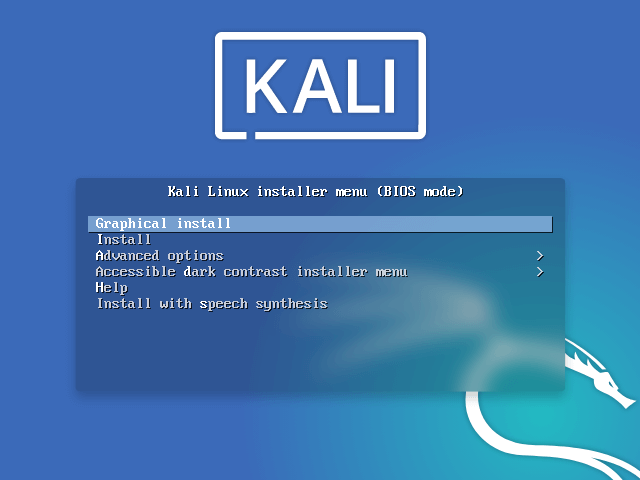

- HOW TO USE A BOOTABLE USB LINUX HOW TO
- HOW TO USE A BOOTABLE USB LINUX INSTALL
- HOW TO USE A BOOTABLE USB LINUX ISO
- HOW TO USE A BOOTABLE USB LINUX DOWNLOAD
I also recommend to back up the data from other hard drives, so you do not destroy them accidentally. So, if you have any important data on it, copy it somewhere else before you run this command.
HOW TO USE A BOOTABLE USB LINUX DOWNLOAD
Go to the project website and download the latest version of Universal USB Installer. Method 2: Using Universal USB Installer for making bootable Linux USB. Let’s see another method of creating bootable Linux USB.
HOW TO USE A BOOTABLE USB LINUX HOW TO
NOTE: I also need to WARN you that this procedure will wipe all the data from your USB flash drive. I’ll show you how to boot from the live USB in a moment. This will make sure that all the data is written to the flash drive and nothing is left in the cache. Thanks to the & signs it will be executed as a chain with dd. Sync is actually another command, not an option. Without this option, nothing will be printed on the terminal screen. However, it is helpful because it will show you the progress during the writing process. When the drive is plugged in, find the Flash from file button in Etcher, and click on it. Once the program is open, download the Linux OS you want to create a bootable USB installer with. So, you need to check your USB drive name every time you insert it into the computer Extract the file and double-click on it with the mouse to run the program. This name is not permanent and it depends on the order the drives are mounted to the system. Usually, the USB devices are listed at the end.
HOW TO USE A BOOTABLE USB LINUX ISO
This assumes you already have an ISO file that you want to move to an external “thumb drive” type of USB storage volume.Then you need to analyze the output like the one above. Create Bootable USB Drive Using dd Command Now that Ventoy is installed on your USB drive, you can create bootable USB drives by simply copying some ISO files onto the USB, whether they are Linux distribution ISOs or Windows 10/8/7 ISO files.
HOW TO USE A BOOTABLE USB LINUX INSTALL
So we can also use the dd tool for data backup and restoration from one device to another. Select the USB drive from the device list, you can also choose to enable secure boot support (from Option Menu), then click Install Button to install Ventoy to the USB memory stick. First, connect the USB drive and unmount it, assuming you know its designation, with something like the following: umount /dev/sdb. This assumes you already have an ISO file that you want to move to an external thumb drive type of USB storage volume. The dd (Data Duplicator) utility is a powerful tool that makes copies using block by block from one device to another. Create Bootable USB Drive Using dd Command. Most Linux distributions have preinstalled dd tool. We can make bootable ISO, for any operating system, by using the dd tool in Linux. There is no need for the above applications. Once you’ve selected the correct options, click the Start button to begin creating the bootable drive.

:max_bytes(150000):strip_icc()/001-create-a-linux-bootable-usb-drive-from-linux-4117072-9bd5b6ffe16a418f8646bc187c176286.jpg)
Activate the Create a bootable disk using checkbox, click the button to the right of it, and select your downloaded ISO file.

Next, you have to enter into the BIOS setting of your computer which uses different keys in different computers. If the Create a bootable disk using option is grayed out, click the File System box and select FAT32. Now start the system by pressing on the power button. Related: Ventoy: How to Create a Multiboot USB Drive with Multiple ISO Filesīut there is an easy command line way too. Step-4: Installing Ubuntu from the Bootable USB Drive Now insert the USB drive into your computer which you made bootable with Ubuntu 18.04 using Rufus. Of course, many GUI applications to make bootable ISO are available such as Unetbootin, balenaEtcher, etc. Usually, we create bootable USB drives and install Linux and other operating systems. The command line ‘dd’ tool can do that for you, writing an image ISO file to a USB drive with minimal effort. Making a bootable USB drive for your favorite operating system is very easy.


 0 kommentar(er)
0 kommentar(er)
